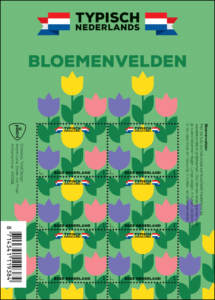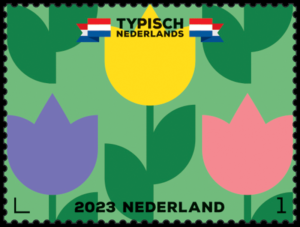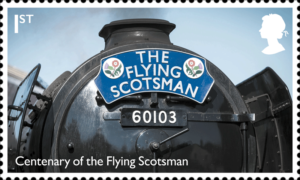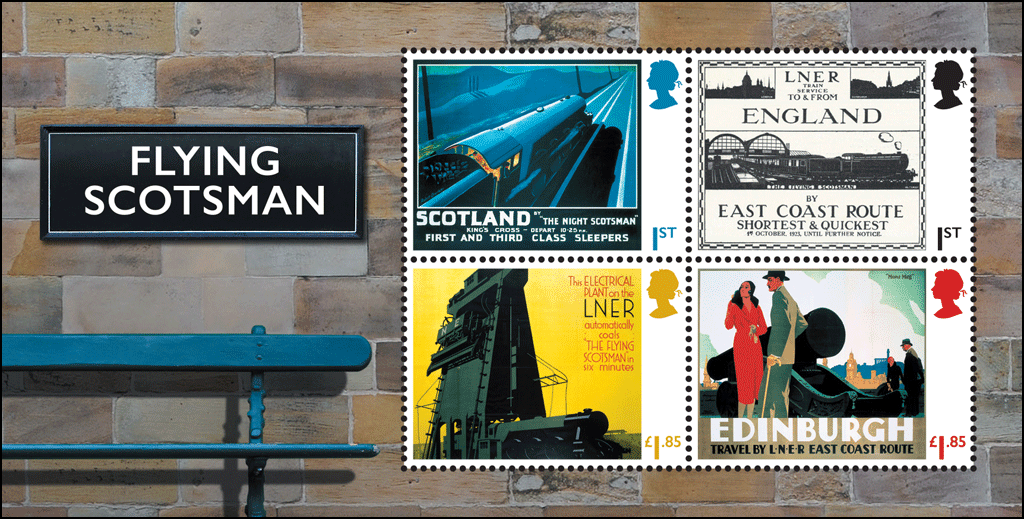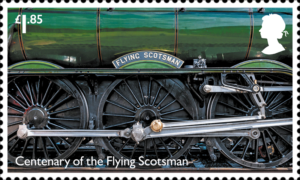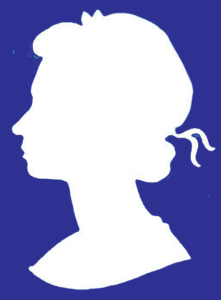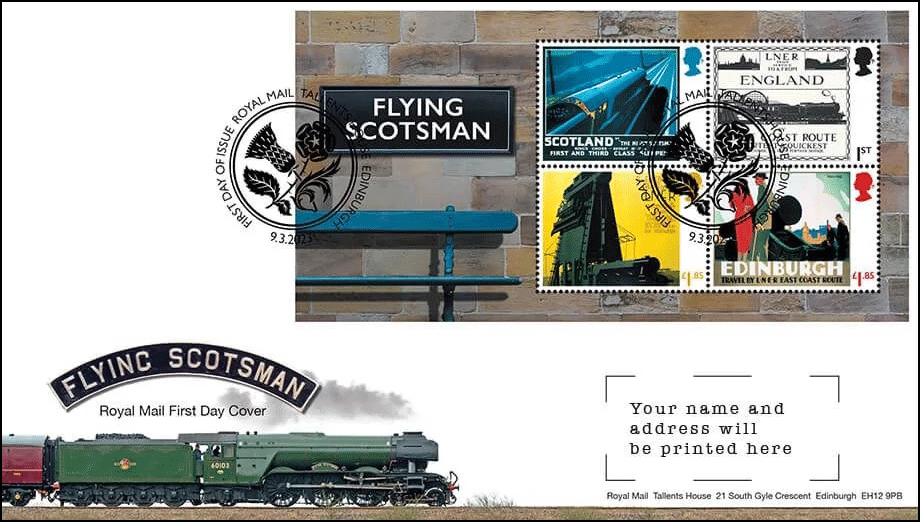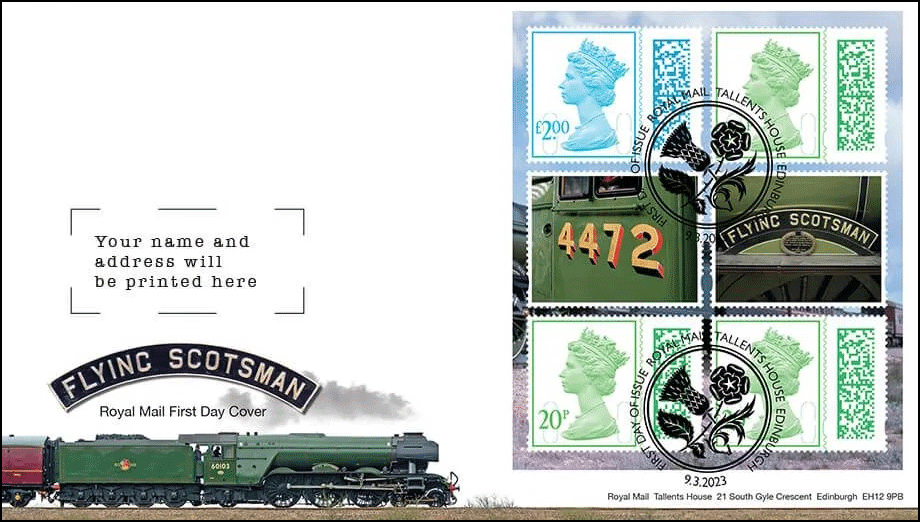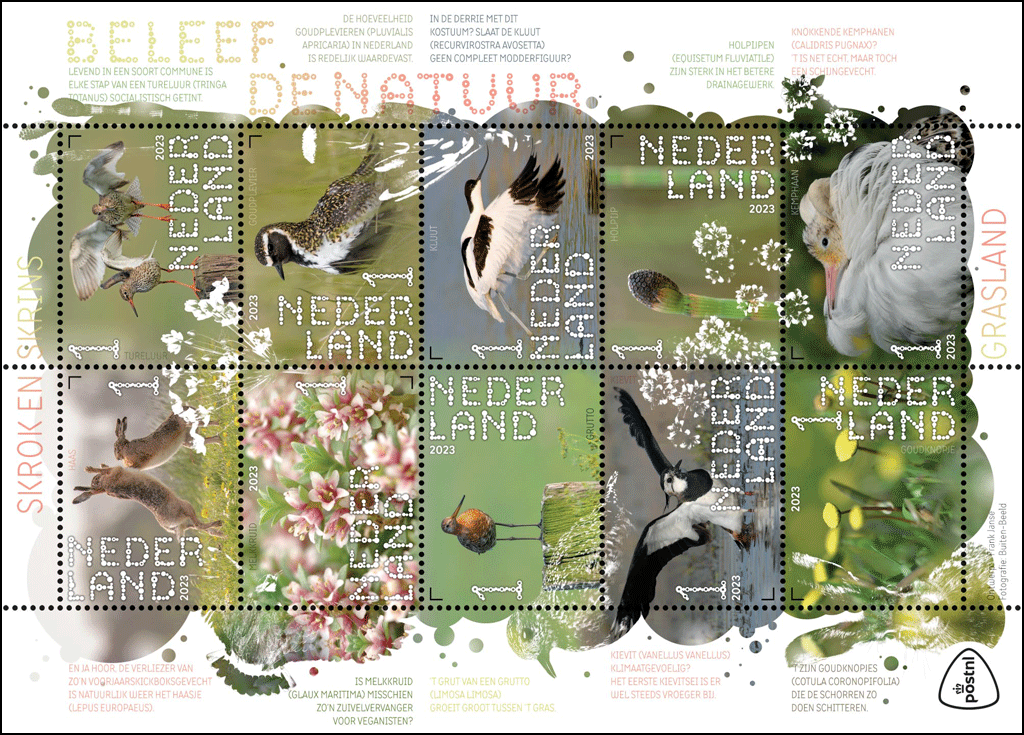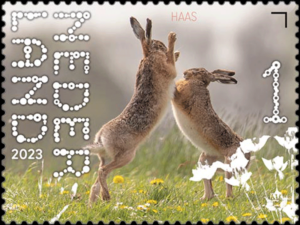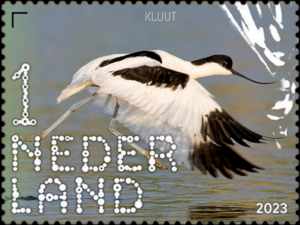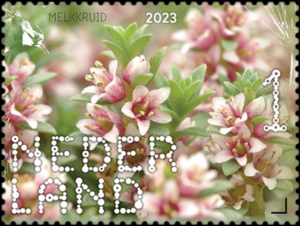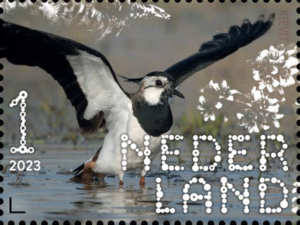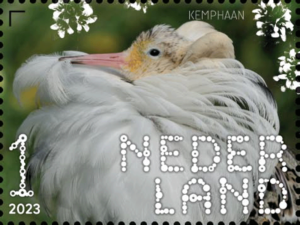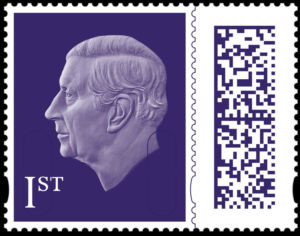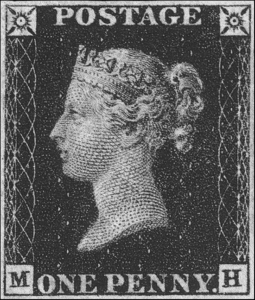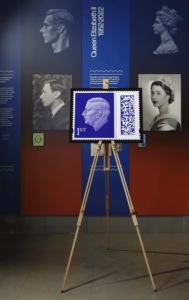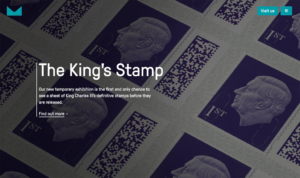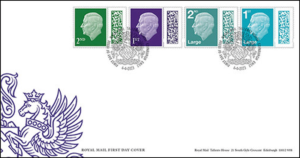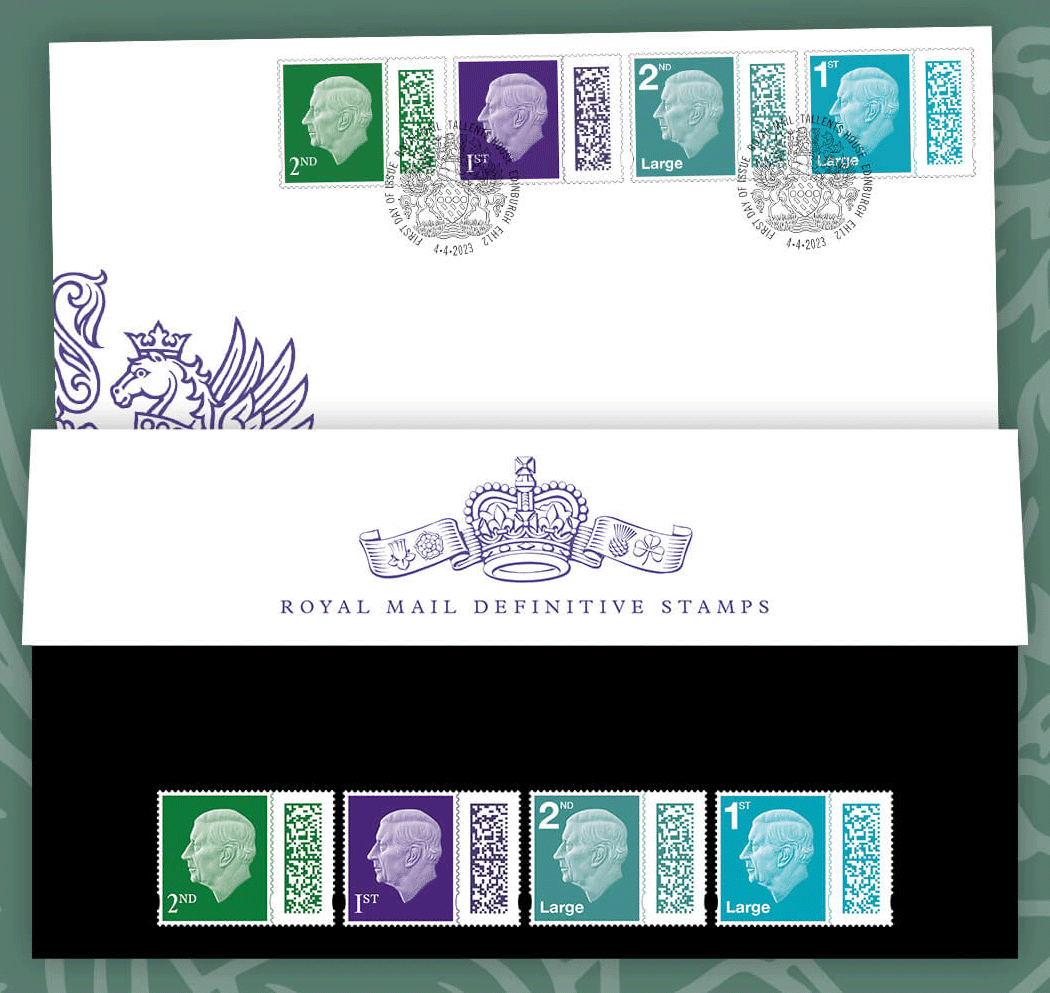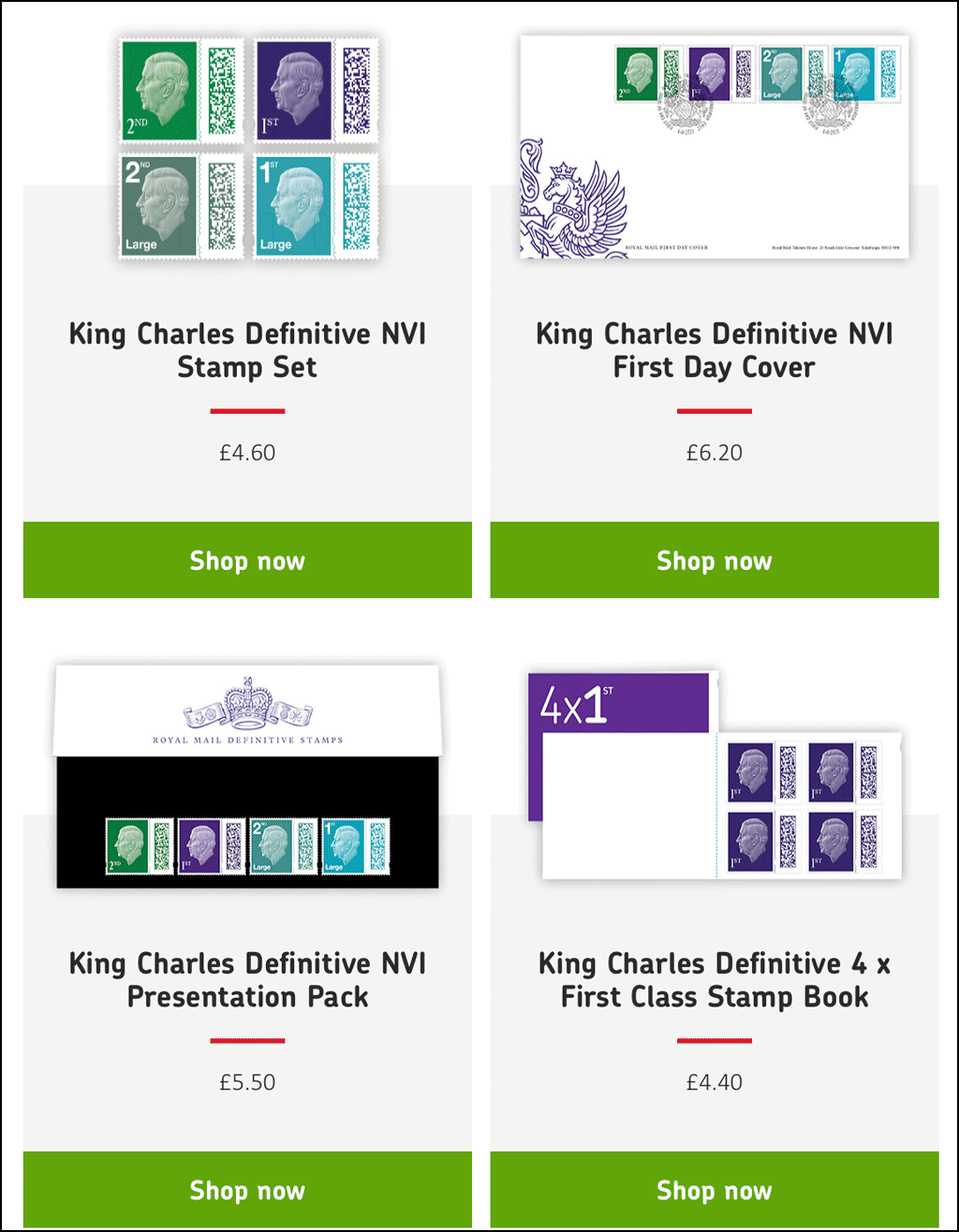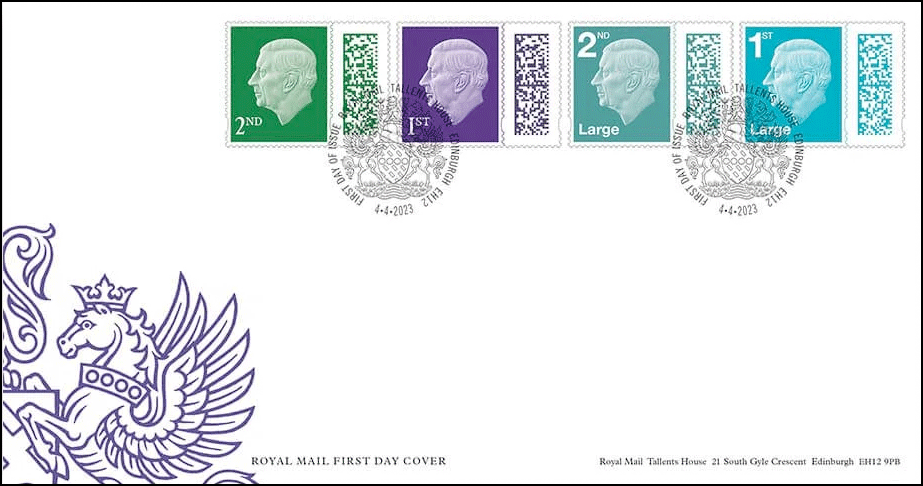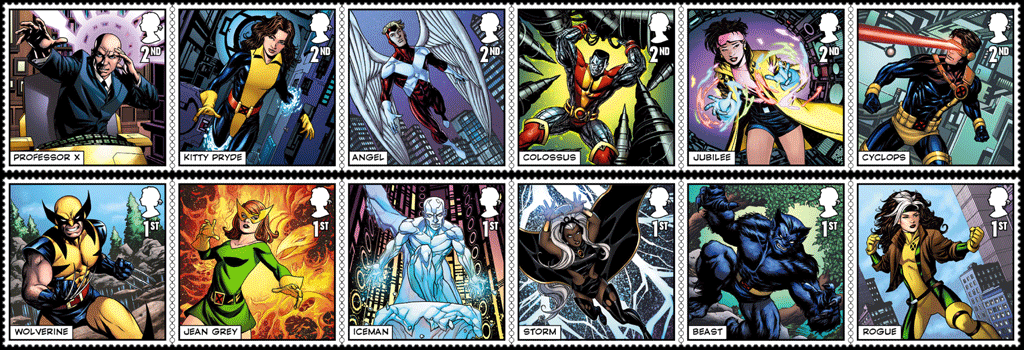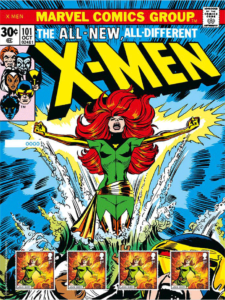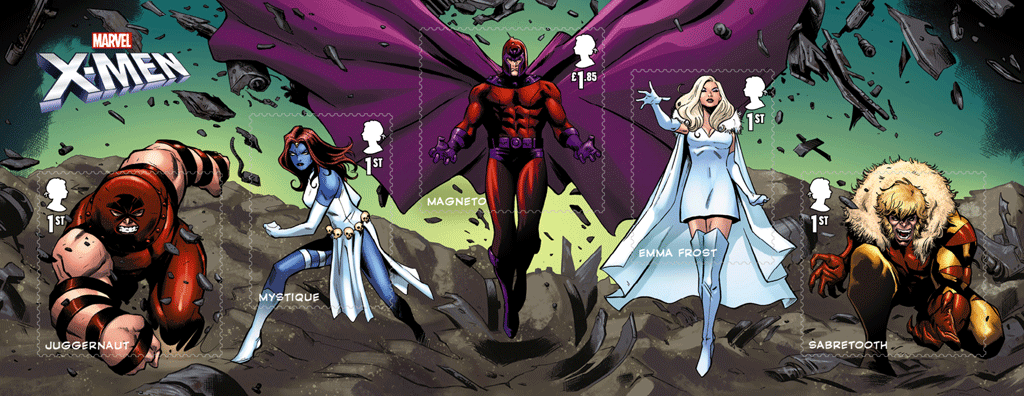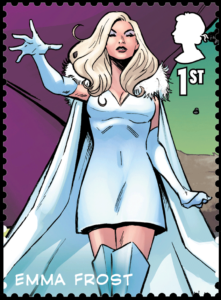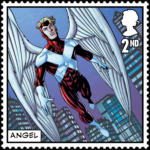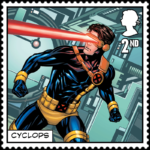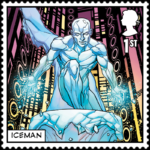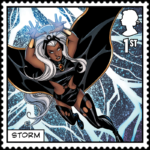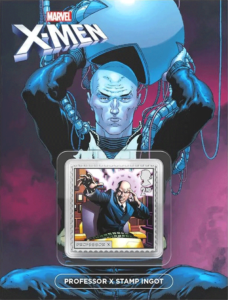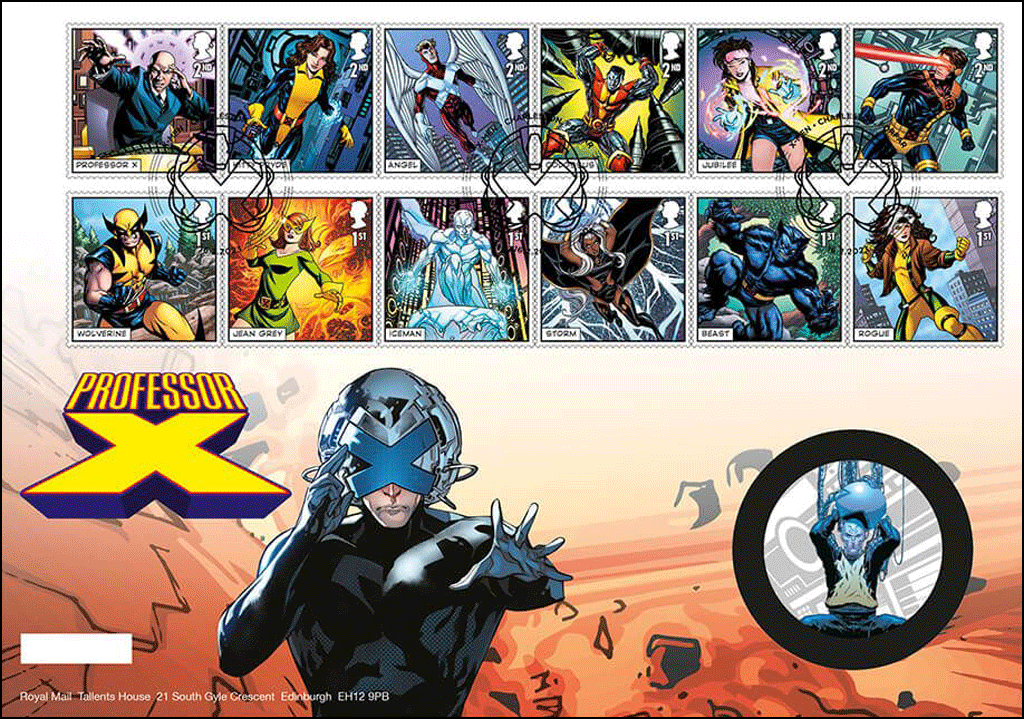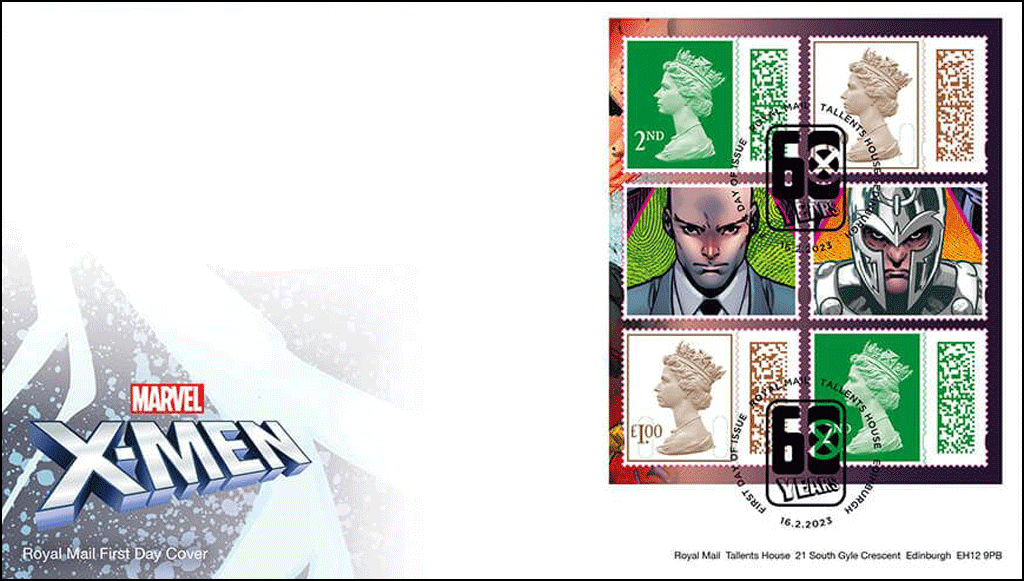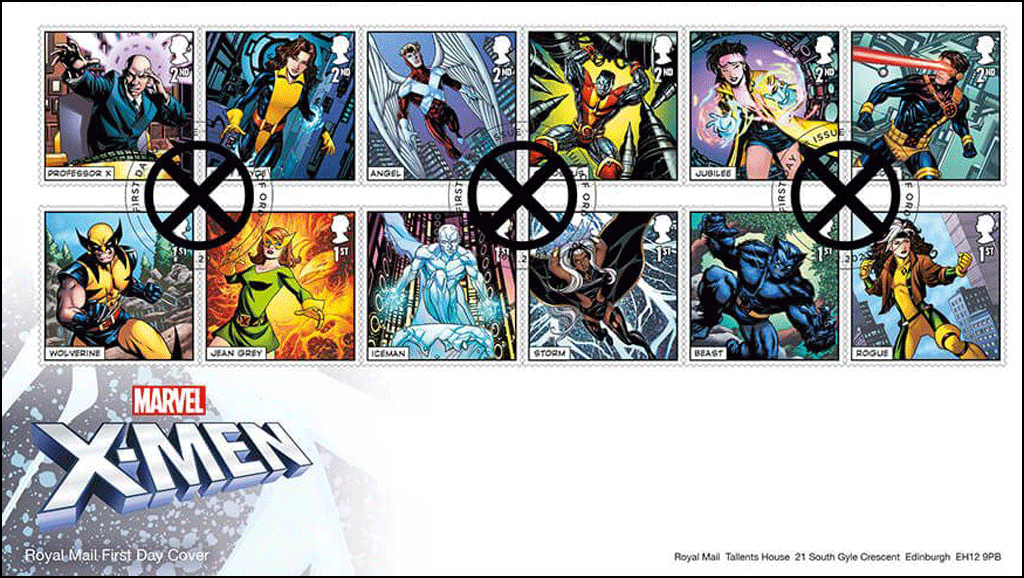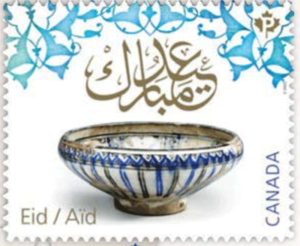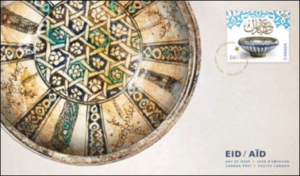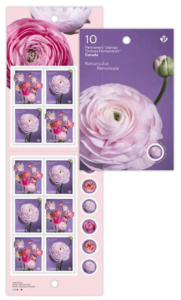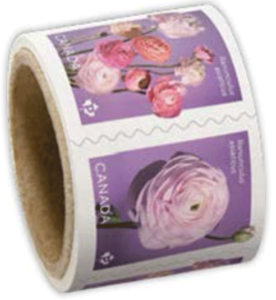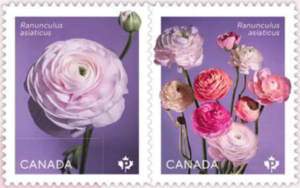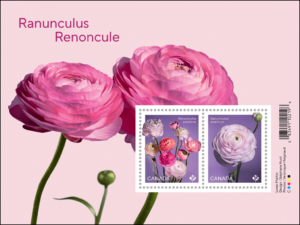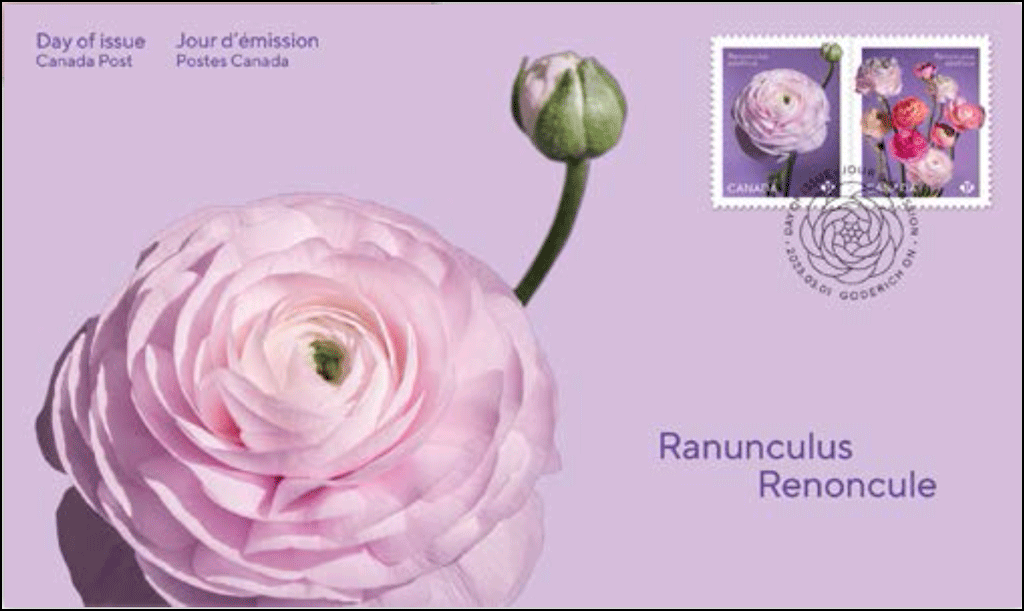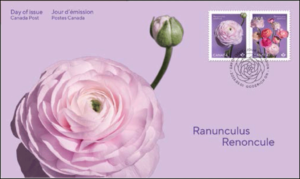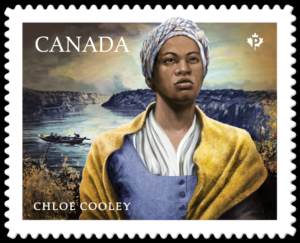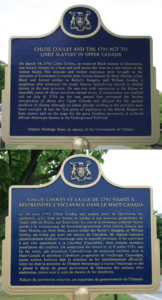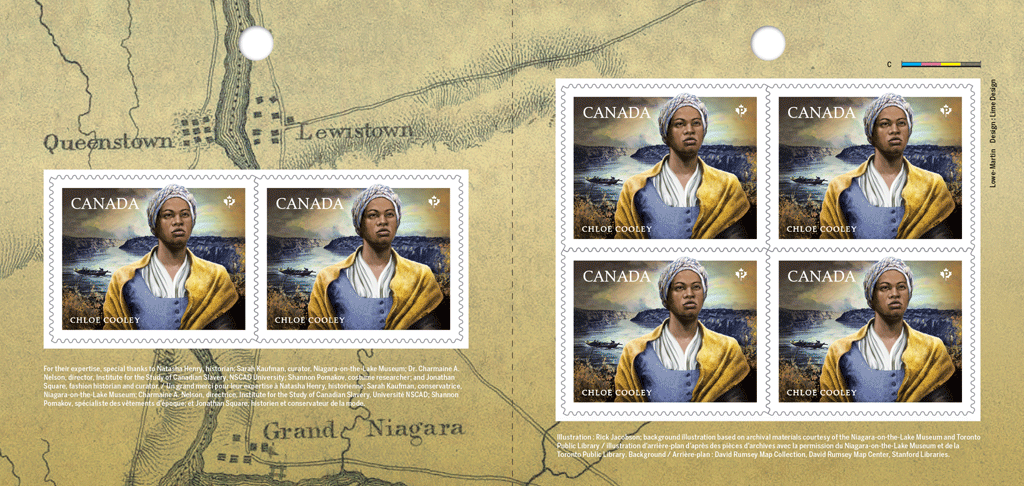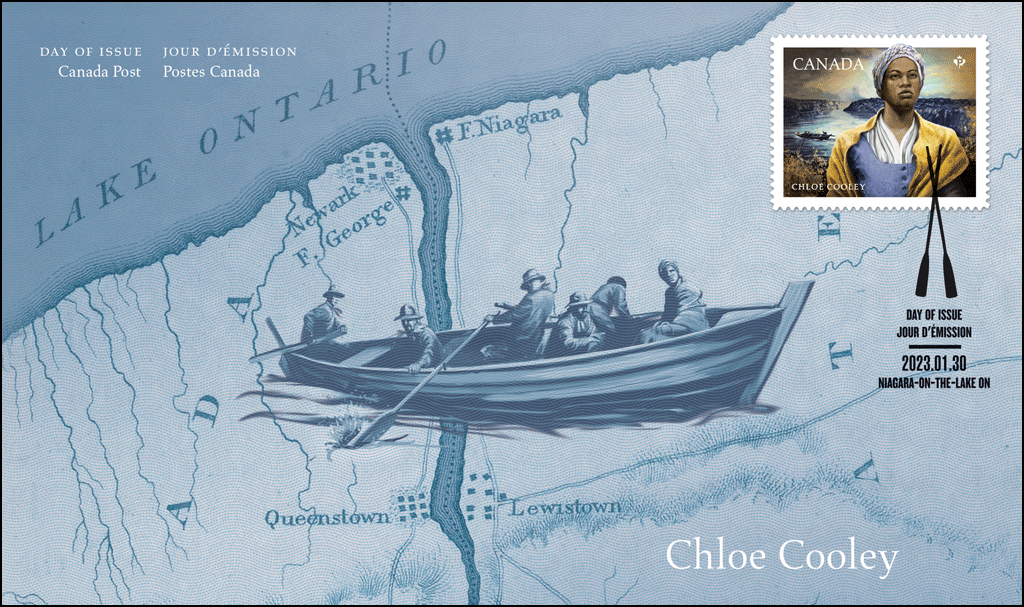Announced by the USPS on March 14th. No issue date was given. (See May 31 entry.)
[press release] [click on any of the pictures for larger versions]
OSIRIS-REx Stamp Announced
The Postal Service has announced an additional stamp to its 2023 stamp program honoring NASA’s OSIRIS-REx mission to deliver asteroid samples to Earth. OSIRIS-REx — 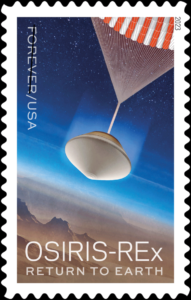 a collaboration between NASA, the University of Arizona, and Lockheed Martin — exemplifies American ingenuity, perseverance, and teamwork. Details of the issue date and location are forthcoming.
a collaboration between NASA, the University of Arizona, and Lockheed Martin — exemplifies American ingenuity, perseverance, and teamwork. Details of the issue date and location are forthcoming.
With this new stamp, the U.S. Postal Service celebrates NASA’s seven-year OSIRIS-REx mission to study and map the asteroid Bennu and deliver a sample of the surface to Earth in September 2023. The sample will help scientists learn how the solar system formed.
OSIRIS-REx is an acronym for the mission’s goals: Origins, Spectral Interpretation, Resource Identification, and Security–Regolith Explorer. More simply, “Origins” refers to the study of the pristine carbon-rich material the spacecraft collected. “Spectral Interpretation” means measuring the composition of the asteroid. “Resource Identification” is assessing potential fuel, oxygen, water, and minerals on the asteroid. “Security” relates to scientists’ calculating the odds that Bennu might collide with Earth. The final part of the mission’s name, REx, is short for “Regolith Explorer,” and it refers to studying the regolith—or layer of loose material on the asteroid’s surface.
The OSIRIS-REx spacecraft, which is the size of a large passenger van, left Earth aboard a rocket launched from Cape Canaveral, Florida, on September 8, 2016. Once released from the rocket, it orbited the Sun for a year until it passed by Earth again. At that point, our planet’s gravity helped propel the spacecraft toward Bennu, which also orbits the Sun but at a different angle than Earth. Our planet and the asteroid come closest to each other every six years. After OSIRIS-REx arrived in the asteroid’s orbit, in December 2018, it got to work. With its special cameras and spectrometers, it began photographing and mapping Bennu’s surface to determine the best site from which to collect samples. [Below left] Scientists were surprised to learn, from the photographs the spacecraft sent back, that the asteroid’s surface was much different from what they had expected. Instead of being relatively smooth, it was rocky and cratered, so finding a sample-collection site posed challenges. Eventually they chose a site about the size of a tennis court, located in a crater.
[Below left] Scientists were surprised to learn, from the photographs the spacecraft sent back, that the asteroid’s surface was much different from what they had expected. Instead of being relatively smooth, it was rocky and cratered, so finding a sample-collection site posed challenges. Eventually they chose a site about the size of a tennis court, located in a crater.
The time for the rendezvous arrived in October 2020. To carry out its task, the spacecraft did not actually land on the asteroid but instead slowly descended toward the surface and extended a robotic arm. A collection device at the hand-end of the arm then released a sudden puff of nitrogen gas that sent up a cloud of dust and rocks from Bennu’s surface. More than two ounces of these materials were captured in a special container in the

OSIRIS-REx stowing samples. (Courtesy NASA)
collection device, which then closed and retracted into the spacecraft. Even though this seems like a miniscule amount considering the effort involved, it’s the largest sample ever collected from an asteroid, and the first asteroid sample by the United States.
On May 10, 2021, OSIRIS-REx began its flight back toward Earth. Its container of asteroid dust and rocks, enclosed in a special capsule, is expected to parachute down to the Utah desert on Sept. 24, 2023.
The OSIRIS-REx pane of 20 stamps will be issued as Forever stamps. Forever stamps will always be equal in value to the current First-Class Mail 1 ounce price. News of the OSIRIS-REx stamp is being shared with the hashtag #OsirisRexStamp.
The latest information will be posted below the line, the most-recent at the top.
Updated November 7:
The Scott catalogue number for this issues is 5820.
Updated September 8:
Here are the first-day postmarks for this issue: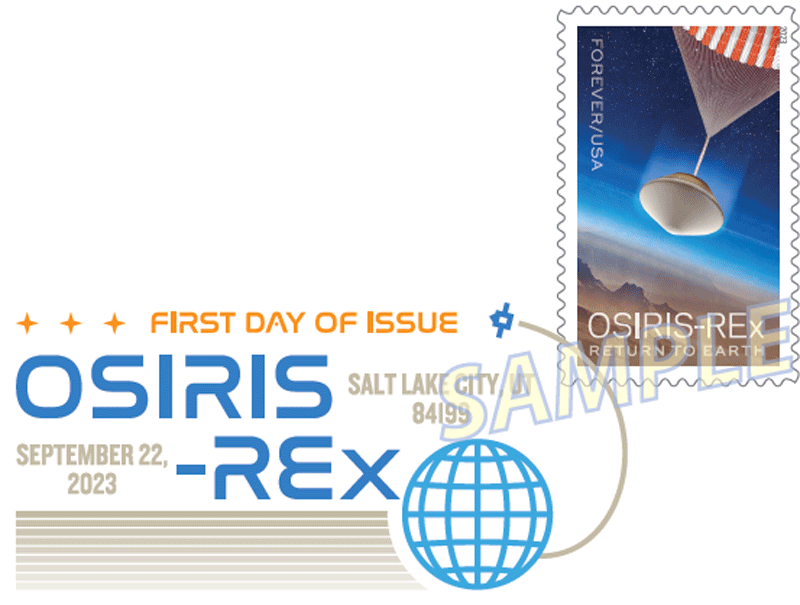 The Digital Color Postmark measures 2.57″ x 1.20″
The Digital Color Postmark measures 2.57″ x 1.20″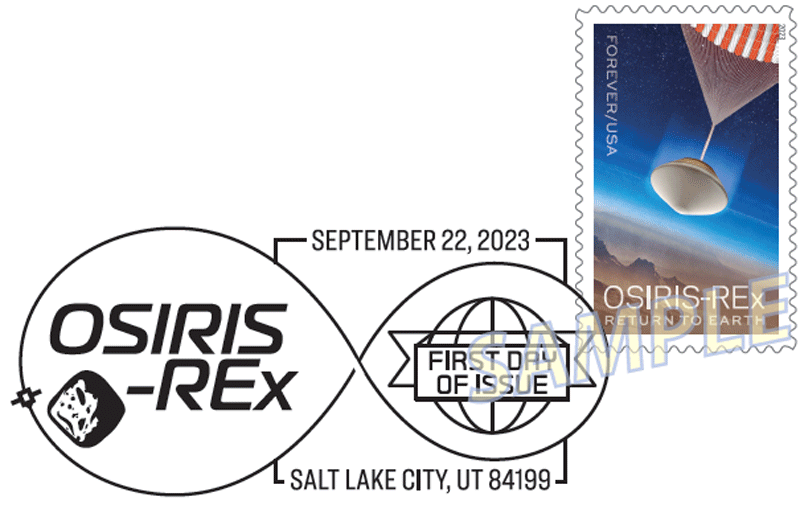 The Pictorial Postmark measures 2.75″ x 1.24″
The Pictorial Postmark measures 2.75″ x 1.24″
Updated August 19:
[ceremony details] [click on any of the pictures for larger versions]
U.S. Postal Service to Issue OSIRIS-REx Stamp
What: The U.S. Postal Service will commemorate NASA’s OSIRIS-REx spacecraft and the samples of the asteroid Bennu that it will deliver to Earth in September 2023.
 The first-day-of-issue event for this Forever stamp is free and open to the public. News of the stamp is being shared with the hashtag #OSIRISRExStamp.
The first-day-of-issue event for this Forever stamp is free and open to the public. News of the stamp is being shared with the hashtag #OSIRISRExStamp.
Who: Robert Raines, Business Solutions vice president, U.S. Postal Service
Lori Glaze, Planetary Science Division director, NASA
Michael Puzio, Engineering student who named the asteroid Bennu in 2013 at age 8.
When: Friday, Sept. 22, at 11 a.m. MDT
Where:
Clark Planetarium
110 S 400 W
Salt Lake City, UT 84101
RSVP: Dedication ceremony attendees are encouraged to RSVP at usps.com/osirisrex
Background: This new 20-stamp pane from the U.S. Postal Service celebrates NASA’s seven-year OSIRIS-REx mission to study and map the asteroid Bennu and return a sample  of the surface to Earth in September 2023. This is the first pristine sample of an asteroid collected by the United States, and it will help scientists learn how our solar system formed.
of the surface to Earth in September 2023. This is the first pristine sample of an asteroid collected by the United States, and it will help scientists learn how our solar system formed.
The stamp artwork shows the capsule containing the sample parachuting to the Utah Test and Training Range, a U.S. Department of Defense facility in the desert. A depiction of Bennu’s surface appears at the bottom of the pane’s selvage with outer space above — deep blue and dappled with celestial bodies. A view of the asteroid is in the upper right corner.
OSIRIS-REx left Earth aboard a rocket launched from Cape Canaveral, FL, on Sept. 8, 2016, then orbited the sun for a year before passing close to Earth for a gravity assist. The spacecraft arrived in the asteroid’s vicinity in December 2018 and got to work. With its special cameras and spectrometers, it began photographing and mapping Bennu’s surface to determine the best site from which to collect samples.
The time for the rendezvous arrived in October 2020. To carry out its task, the spacecraft did not actually land on the asteroid but instead slowly descended toward the surface and extended a robotic arm. A collection device at the hand-end of the arm then released a sudden puff of nitrogen gas that sent up a cloud of dust and rocks from Bennu’s surface. More than 2 ounces of these materials were captured in a special container in the collection device, which then closed and retracted into the spacecraft. On May 10, 2021, OSIRIS-REx began its flight back toward Earth. Its container of asteroid dust and rocks, enclosed in a special capsule, will parachute to the Utah desert on Sept. 24, 2023.
Alan Dingman illustrated the stamp and pane, basing his work on images supplied by NASA. Antonio Alcalá, an art director for USPS, designed the stamp and pane.
The OSIRIS-REx stamp is being issued as a Forever stamp, which will always be equal in value to the current First-Class Mail 1-ounce rate.
From the Postal Bulletin:
On September 22, 2023, in Salt Lake City, UT, the United States Postal Service® will issue the OSIRIS-REx stamp (Forever® priced at the First-Class Mail® rate) in one design, in a  pressure-sensitive adhesive (PSA) pane of 20 stamps (Item 484200). This stamp will go on sale nationwide September 22, 2023, and must not be sold or canceled before the first-day-of-issue.
pressure-sensitive adhesive (PSA) pane of 20 stamps (Item 484200). This stamp will go on sale nationwide September 22, 2023, and must not be sold or canceled before the first-day-of-issue.
This new stamp celebrates NASA’s 7-year OSIRIS-REx mission to study and map the asteroid Bennu and return a sample of its surface to Earth in September 2023. The sample will help scientists learn how our solar system formed. The stamp artwork shows the capsule containing the sample parachuting to the Utah Test and Training Range in the desert. A depiction of Bennu’s surface appears at the bottom of the pane’s selvage with outer space above. A view of the asteroid is in the upper-right corner.
Along the left side of the pane are four images that illustrate crucial milestones in OSIRIS-REx’s mission. On the reverse side of the pane is text courtesy of NASA that describes the OSIRIS-REx mission and explains each image. Art director Antonio Alcalá designed the stamp and pane with illustrations by Alan Dingman, who based his work on images supplied by NASA.
No automatic distribution.
How to Order the First-Day-of-Issue Postmark:
Customers have 120 days to obtain the first-day-of-issue postmark by mail. They may purchase new stamps at their local Post Office™ or at The Postal Store® website at store.usps.com/store/home. They must affix the stamps to envelopes of their choice, address the envelopes (to themselves or others), and place them in a larger envelope  addressed to:
addressed to:
FDOI – OSIRIS-REx Stamp
USPS Stamp Fulfillment Services
8300 NE Underground Drive, Suite 300
Kansas City, MO 64144-9900
After applying the first-day-of-issue postmark, the Postal Service will return the envelopes through the mail. There is no charge for the postmark up to a quantity of 50. There is a 5-cent charge for each additional postmark over 50. All orders must be postmarked by January 22, 2024.
Technical Specifications:
Issue: OSIRIS-REx Stamp
Item Number: 484200
Denomination & Type of Issue: First-Class Mail Forever
Format: Pane of 20 (1 design)
Series: N/A
Issue Date & City: September 22, 2023, Salt Lake City, UT 84199
 Art Director: Antonio Alcalá, Alexandria, VA
Art Director: Antonio Alcalá, Alexandria, VA
Designer: Antonio Alcalá, Alexandria, VA
Artist: Alan Dingman
Modeler: Joseph Sheeran
Manufacturing Process: Offset, Microprint
Printer: Ashton Potter (USA) Ltd (APU)
Press Type: Muller A76
Stamps per Pane: 20
Print Quantity: 18,000,000 stamps
Paper Type: Nonphosphored Type III, Block Tagged
Adhesive Type: Pressure-sensitive
Colors: Black, Cyan, Magenta, Yellow, Pantone Warm Grey 2
Stamp Orientation: Vertical
Image Area (w x h): 0.84 x 1.42 in / 21.336 x 36.068 mm
Overall Size (w x h): 0.98 x 1.56 in / 24.892 x 39.624 mm
Full Pane Size (w x h): 7.50 x 8.50 in / 109.50 x 215.90 mm
 Press Sheets Size (w x h): 23.00 x 26.00 in / 584.20 x 660.40 mm
Press Sheets Size (w x h): 23.00 x 26.00 in / 584.20 x 660.40 mm
Plate Size: 180 stamps per revolution
Plate Number: “P” followed by five (5) single digits in two corners
Marginal Markings:
Front: Header: “OSIRIS-REx” • Mission to Asteroid Bennu and Return to Earth • Plate number in bottom 2 corners
Back: ©2023 USPS • USPS logo • Two barcodes (484200) • Plate position diagram (9) • Promotional text • Verso text
Updated May 31:
This stamp will be issued Friday, September 22nd, in Salt Lake City.
 and Ian Chilvers, from design agency, Atelier Works.
and Ian Chilvers, from design agency, Atelier Works.

 [Below left] Scientists were surprised to learn, from the photographs the spacecraft sent back, that the asteroid’s surface was much different from what they had expected. Instead of being relatively smooth, it was rocky and cratered, so finding a sample-collection site posed challenges. Eventually they chose a site about the size of a tennis court, located in a crater.
[Below left] Scientists were surprised to learn, from the photographs the spacecraft sent back, that the asteroid’s surface was much different from what they had expected. Instead of being relatively smooth, it was rocky and cratered, so finding a sample-collection site posed challenges. Eventually they chose a site about the size of a tennis court, located in a crater.



